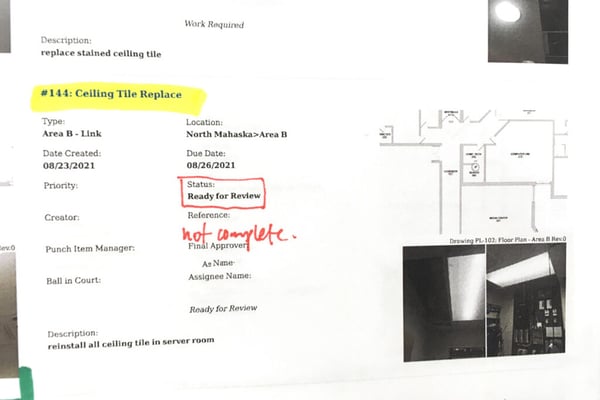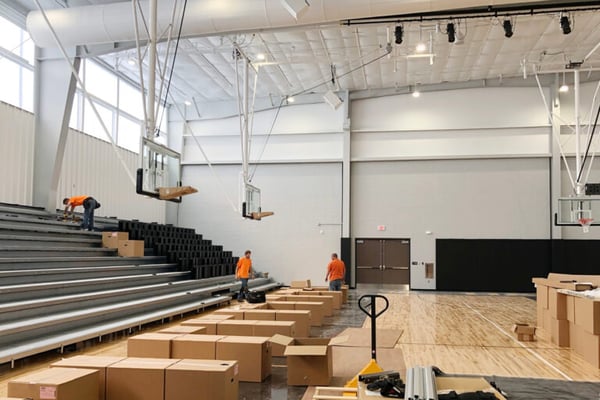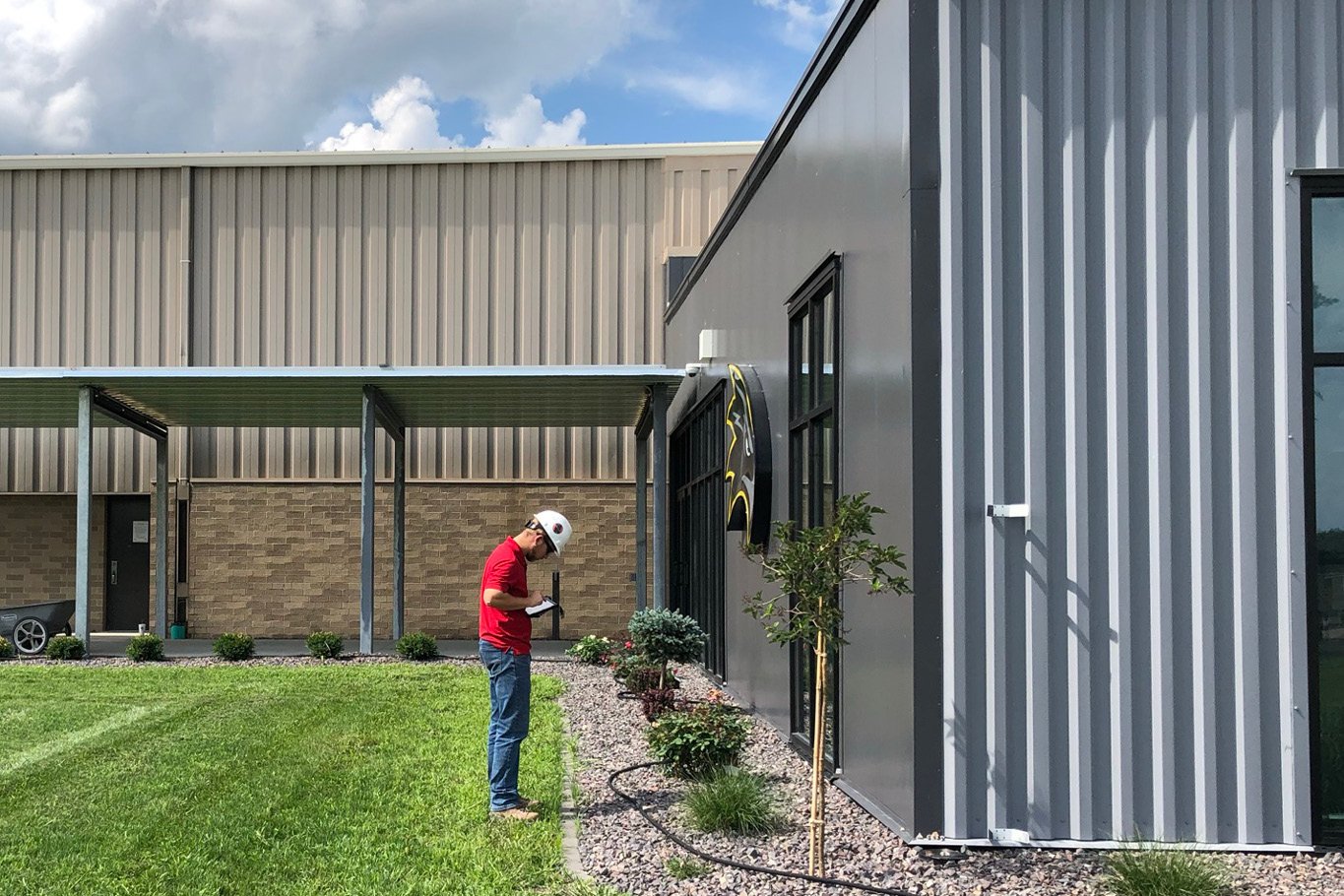Closeout is the final phase of the construction process. In this phase, the building is turned over to the owner while the contractor wraps up the project. For some, closeout can feel tedious and frustrating—but it is important to check all the necessary boxes before concluding the project.
We believe successful projects occur when the expectations of all parties are aligned. Establishing expectations for every phase of design and construction keeps the process running smoothly.
This article will establish expectations for construction closeout by outlining the process and describing how you can prepare. By the end of the article, you will understand your role in the process and how long it should take.
The Construction Closeout Process
The closeout process differs from project to project. The length of the process and the relationship between you, your architect, and your contractor depends on your project’s complexity and delivery method. However, most construction closeouts include the following five deliverables.
1. Substantial Completion and Punch List Creation
The closeout process starts when the contractor says construction has reached “substantial completion,” meaning the contractor’s work is close to complete and the building can be used for its intended purpose. Your architect will visit the site, review the work, and work with the contractor to create a punch list.
A punch list outlines any items the contractor needs to complete before the architect certifies substantial completion. Typically, these items include minor repairs and replacements, though they can involve more extensive work.
As the contractor works on the punch list items, you can begin coordinating the move-in process with your team. Typically, the contractor will take 30-60 days to complete punch list items. However, the exact timeline depends on the complexity of the project and the length of the punch list.

Example of a punch list item.
2. Record Documents and Warranties
As a part of the closeout process, you will receive your building’s record documents. These documents will include:
- Drawings
- Specifications
- Addenda
- Change orders
- Product submittals
Depending on your preference, you may receive hard copies, PDFs, or both. Typically, the contractor is responsible for preparing these documents, but your architect can also assist as a supplemental service.
Some building owners also request 3-D models of their facility. These models can include all necessary product information—placing everything in an easy-to-navigate package. Be sure to talk to your architect during construction about your needs, so they can prepare your documentation accordingly.
Along with record documents, you will also receive product warranties. Most products and systems include warranties, especially:
- Mechanical systems
- Electrical systems
- Doors and windows
- Flooring
- Telecommunications systems
- Shades
- Lighting and controls
Generally, your building will also have a one-year warranty for repairs. During this period, your contractor is obligated to repair any warranty-related issues.
3. Systems and Equipment Training
Closeout will also involve systems and equipment training. Typically, training sessions include your maintenance team, facilities staff, or anyone who will operate the building. Your architect will work with your contractor or a systems specialist to ensure your team receives the necessary training.
You will also receive written manuals for all equipment, helping you train new occupants and staff members who were not present at the initial training session. In our experience, video is becoming an increasingly common supplemental training material.
4. Final Inspection and Acceptance
When the punch list items and training sessions are complete, it’s time for final acceptance. Your contractor will schedule a final inspection with your architect when their team finishes the punch list.
In the inspection, the architect will ensure the work is complete and in conformance with the Contract Documents. The architect will then write a letter and advise you to issue the final payment to the contractor.
Throughout the closeout process, you will withhold your final payment as a “retainage.” This helps ensure the contractor completes the punch list items as intended.

Final acceptance occurs after your team receives systems training.
5. Post-Occupancy Check-In
During your first year of occupancy, your architect will check in regularly and help you address any problems that may arise.
Your architect will also notify you when your building’s warranty is about to expire. Typically, warranties expire a year after substantial or final completion.
Preparing for Construction Closeout
Throughout construction, your architect and contractor will prepare for closeout by managing documents and getting them ready for the final hand-off.
You can keep the process running smoothly on your end by following a few pieces of advice.
First, remember to ask questions throughout the closeout process and voice any concerns. Closeout is an opportunity to train your staff, learn how to operate your building and make sure you have all the tools you need before your move-in date. Take this time to get the information you need.
Of course, your architect will not abandon you after construction is complete. Never hesitate to reach out and ask questions if problems arise.
Second, thoroughly review all product warranties. It’s important to understand the included items in each warranty and the length of each warranty period. Sifting through this documentation can be an arduous process, but you can lean on your architect for assistance.
Lastly, remember to be patient throughout the process. In some cases, punch list items take longer than expected and you may be occupying the new space while the contractor completes the work. Although closeout can feel long and tedious, it is an opportunity to make sure everything is in order.
What Are Your Next Steps?
Closeout is not something to take lightly. It is an opportunity to check the work is complete, get your questions answered, and ensure you have all the necessary documentation to operate your building. Keep the process running smoothly by maintaining communication with your architect and contractor.
Once closeout is complete, you can start enjoying your new building, and your architect can prepare a post-occupancy evaluation. Read our guide to post-occupancy evaluations and learn how they can help you get the most out of your newly completed space.
